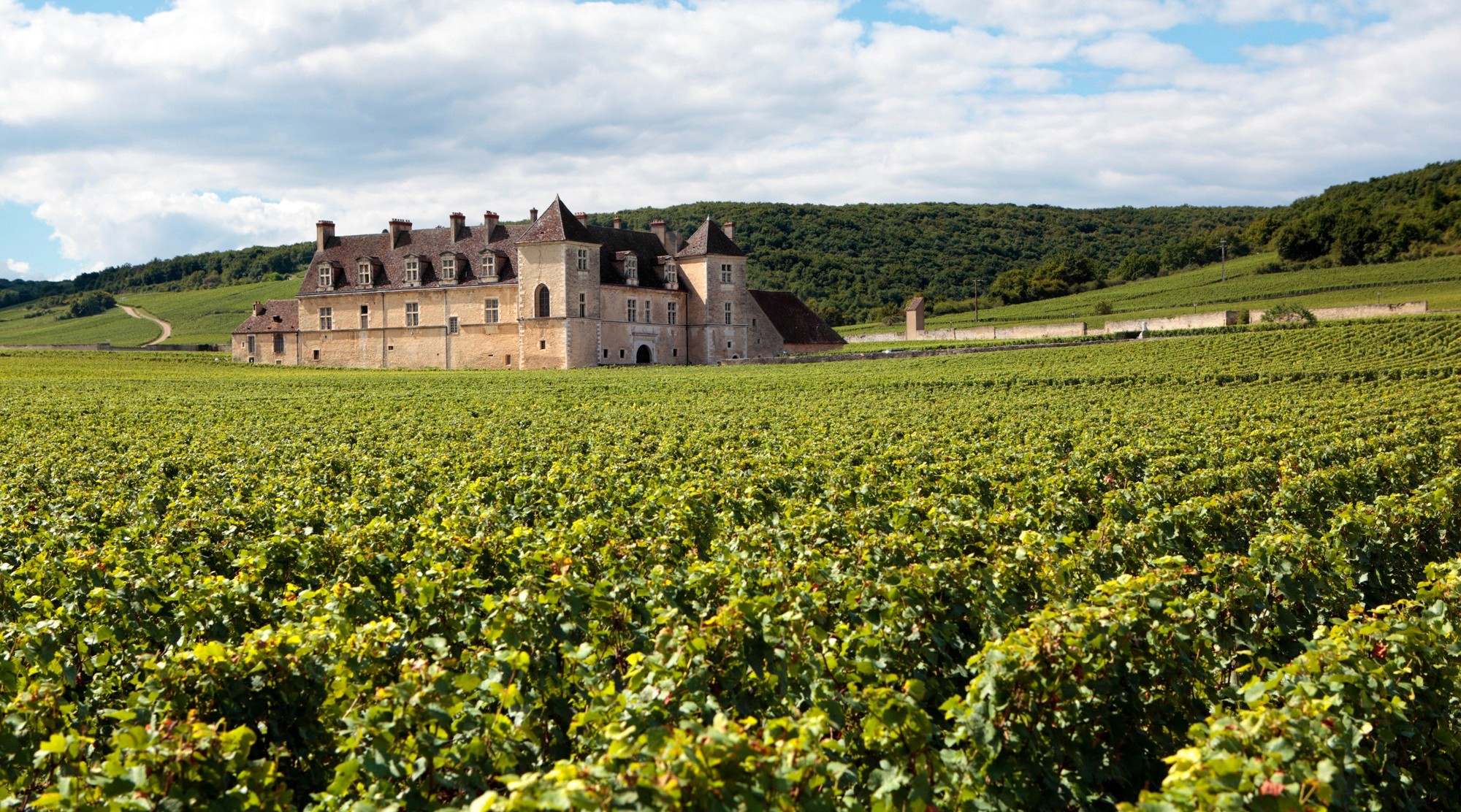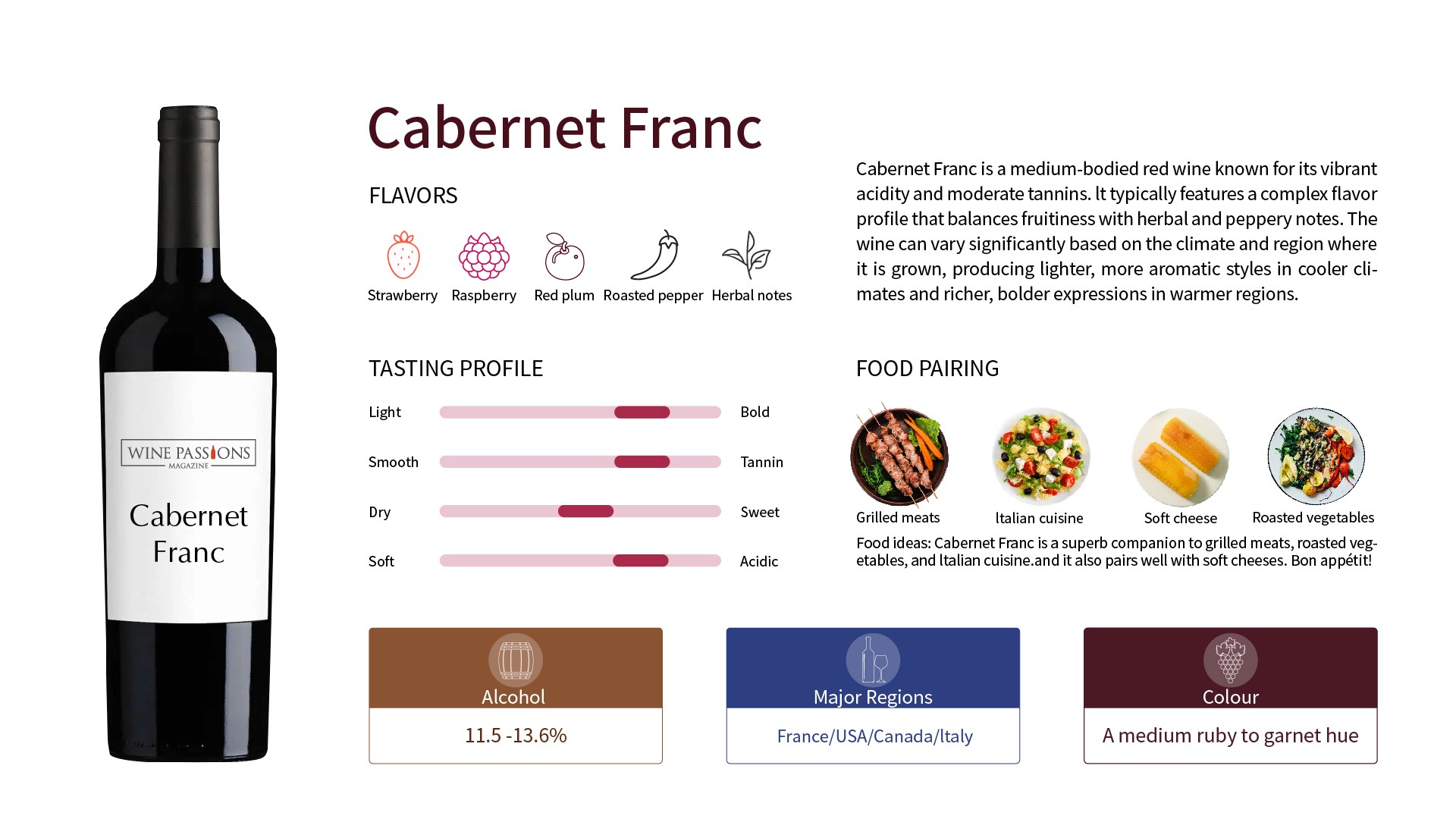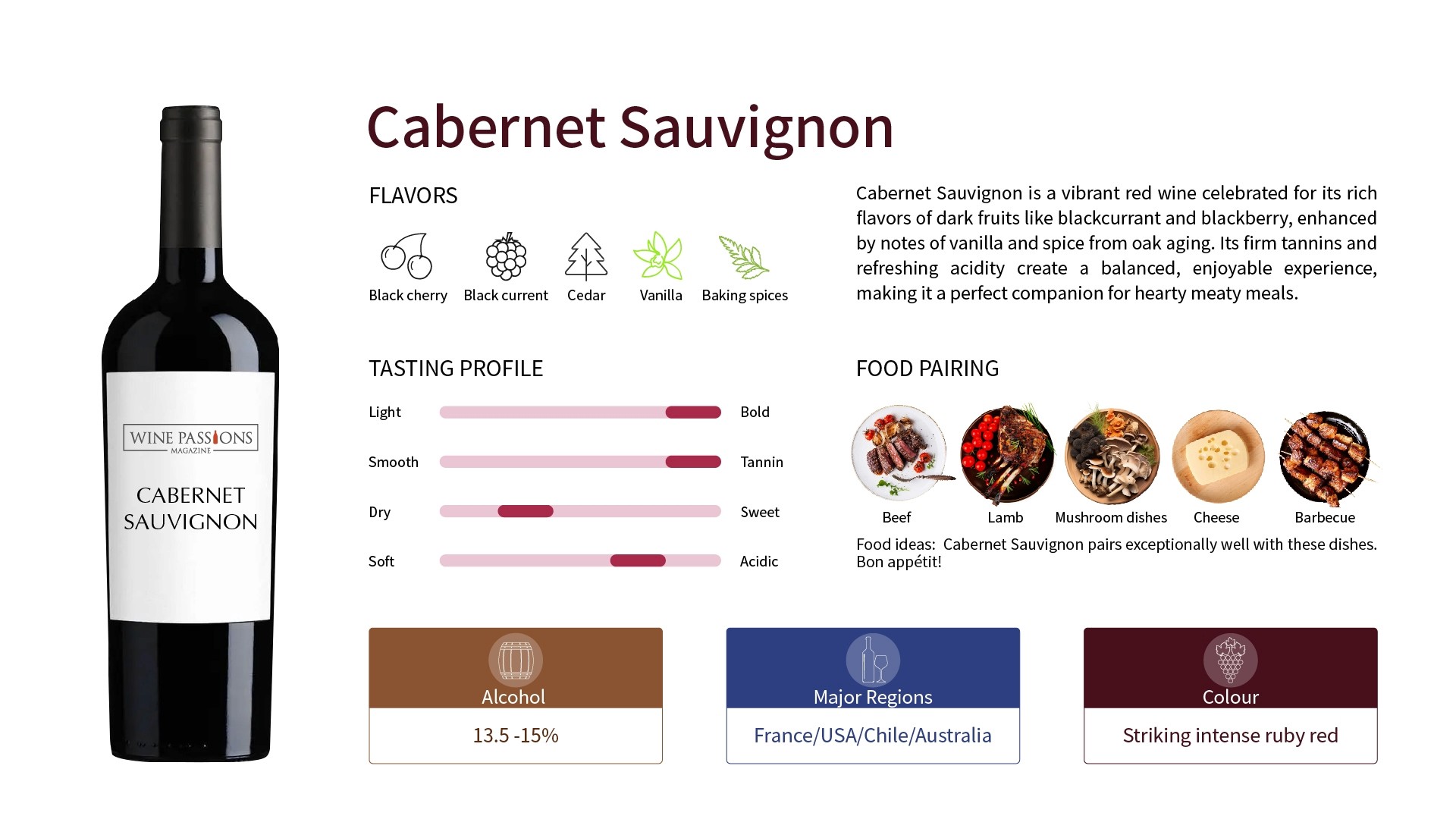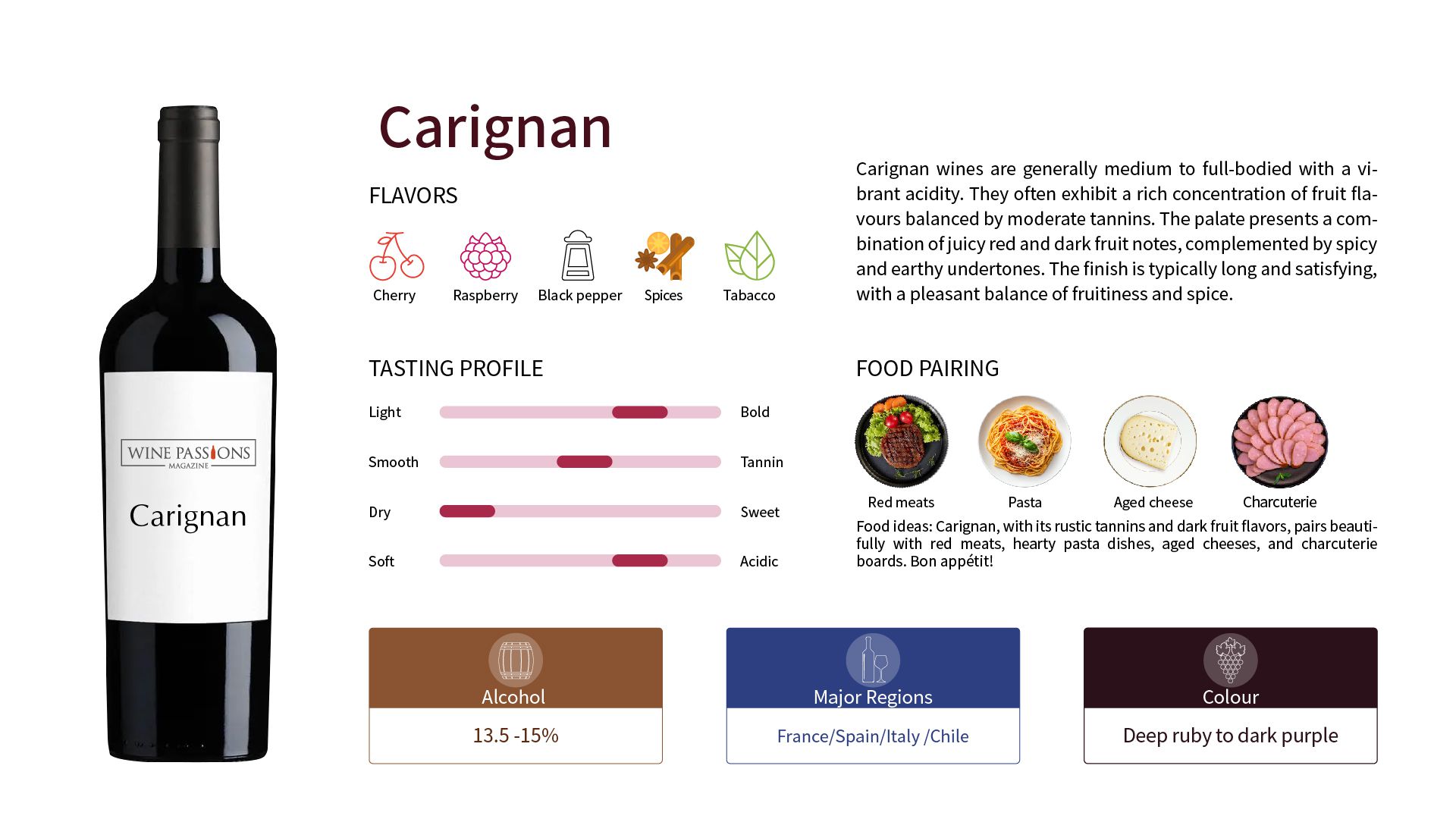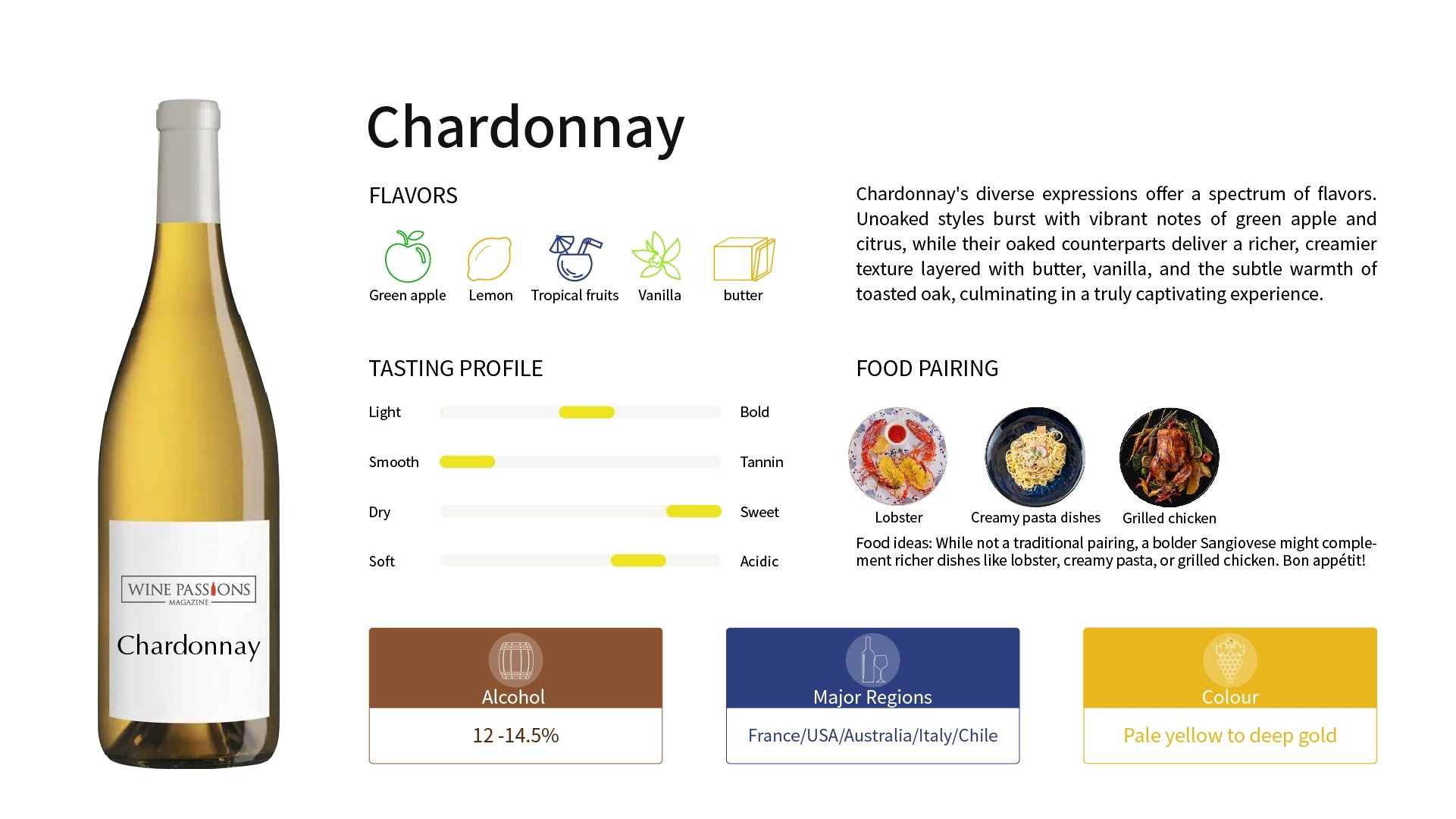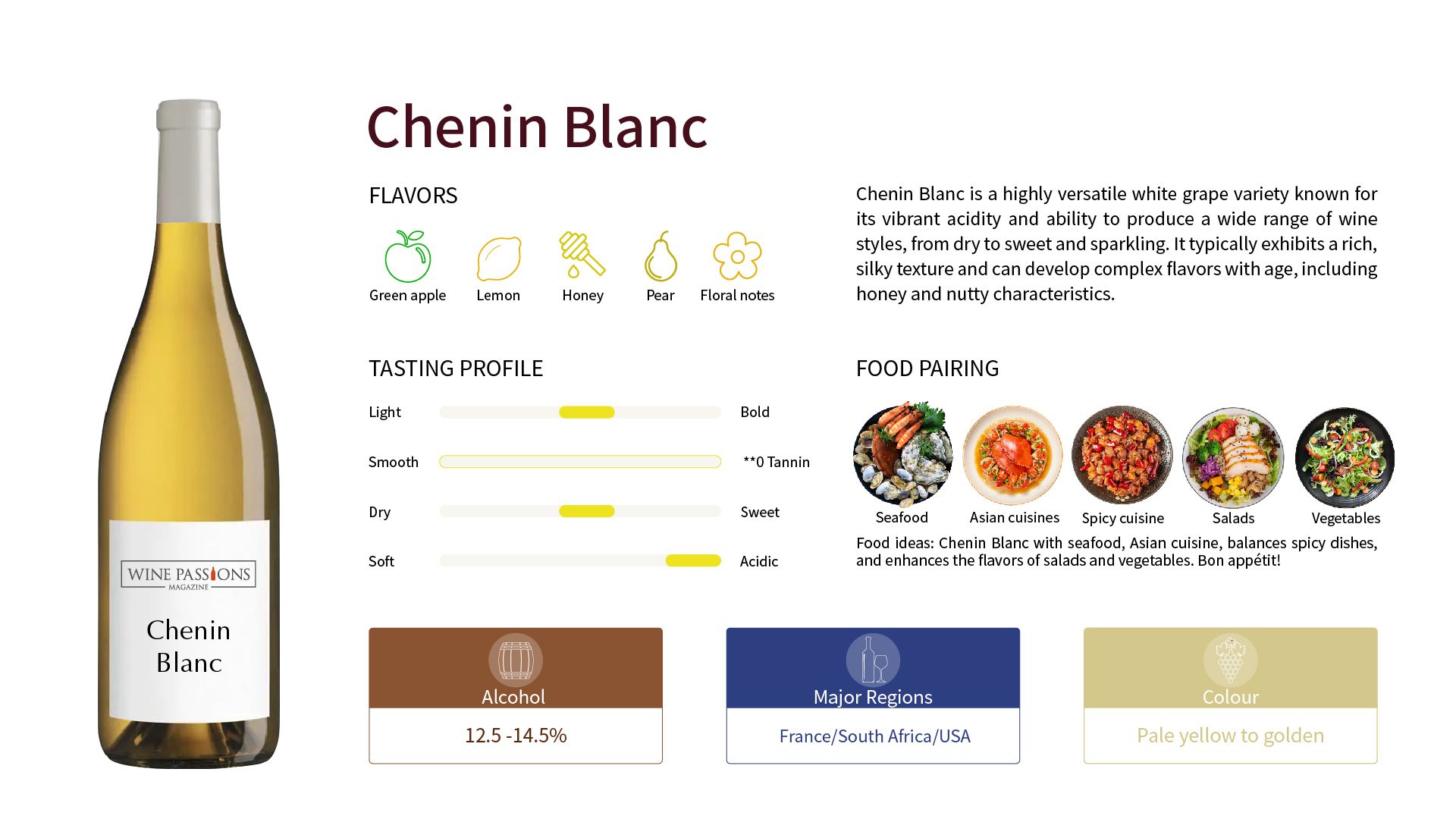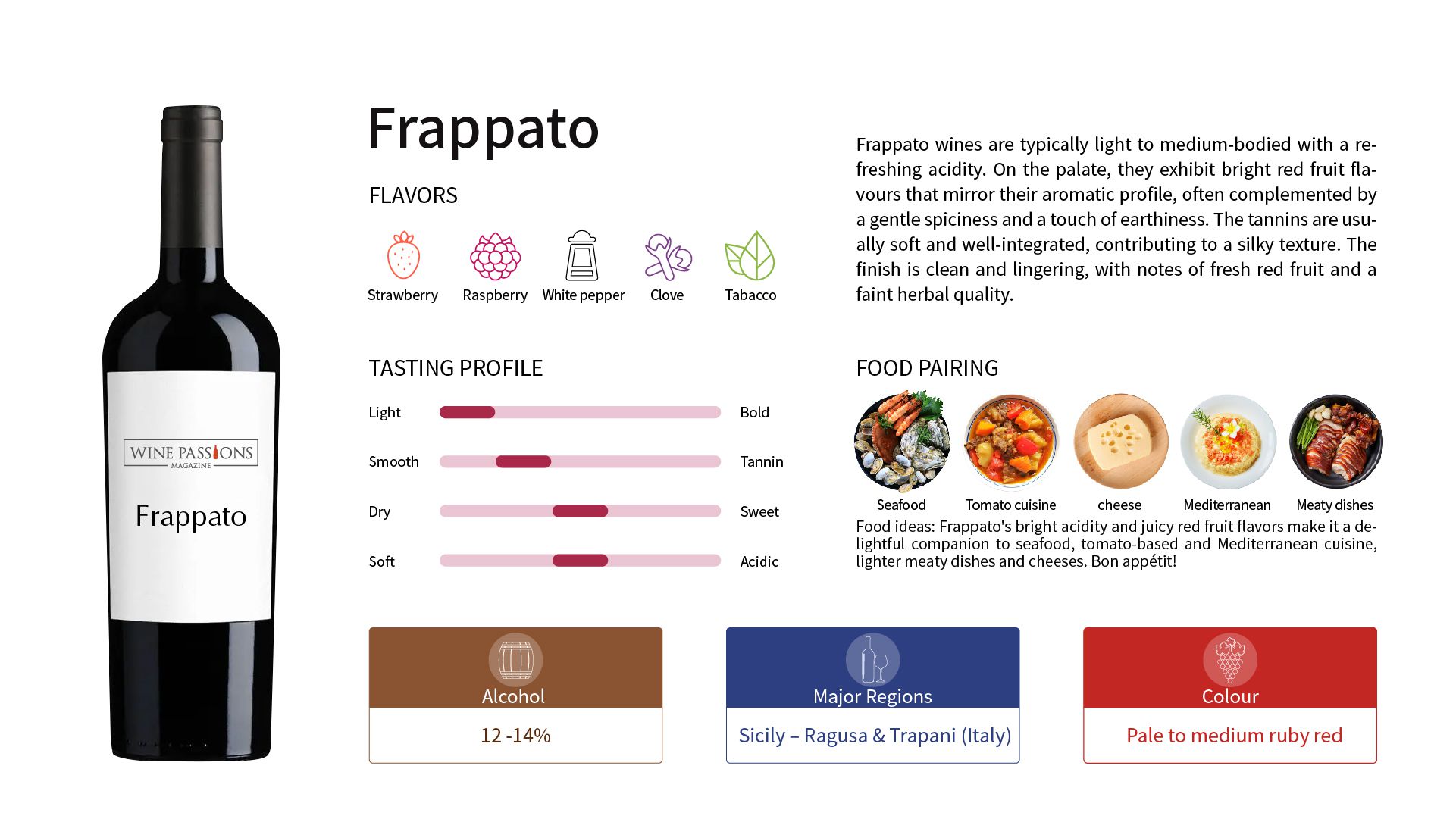Cabernet Franc
Background and Origin
The origins of Grenache can be traced back to the 13th century. According to DNA analysis, it is believed to have first appeared in the northern Spanish region of Aragón. Over time, it gradually expanded southward to areas like Catalonia and Navarra. By that time, it was already widely cultivated, renowned for its high sugar content and juicy characteristics, making it particularly suited for growth in warm, dry climates.
In the 19th century, Grenache was introduced to France and quickly thrived in the Rhône Valley, becoming one of the most important varieties in the region. Grenache is often blended with other grape varieties (such as Syrah and Mourvèdre) to form the famous GSM (Grenache-Syrah-Mourvèdre) blend, a style particularly highlighted in regions like Châteauneuf-du-Pape.
Due to Grenache's strong adaptability, it performs well in a variety of climatic conditions, including Mediterranean climates and relatively cooler continental climates. This characteristic makes Grenache popular not only in France and Spain but also widely cultivated in Australia, South Africa, and the United States.
With advancements in winemaking technology, Grenache has gradually gained attention, becoming a significant component in many high-quality red wines. Its rich fruit aromas, smooth texture, and well-structured characteristics have secured Grenache a place in the global wine market.
Reasons for Grenache's Popularity
Strong Adaptability
Grenache can adapt to a variety of climatic conditions, including hot, dry Mediterranean climates and relatively cooler continental climates. In different environments, it exhibits different flavor characteristics, making it a favorite among winemakers worldwide.High Sugar Content
Grenache grapes contain rich natural sugars, making them very suitable for producing high-alcohol wines. This characteristic gives Grenache its intense fruit aroma, making it widely favored in the market.Versatile
Aside from being a key component in red wine, Grenache is also the base for some well-known rosés (such as those from Provence, France). This versatility allows Grenache to meet the needs of different consumers.Cultural and Historical Background
Grenache carries a rich history and cultural heritage, with stories that attract many wine enthusiasts from Spain to France and around the world. Understanding this background provides consumers with a deeper experience when tasting Grenache.
Flavor Characteristics of Grenache
Abundant Fruit Aroma: Features rich flavors of red fruits, including strawberry, black cherry, and raspberry.
Spicy Notes: Possesses unique spice flavors, such as cinnamon, cloves, and black pepper. In some vintages or regions, herbal aromas (like thyme and rosemary) may be present.
Silky Texture: Typically has a medium to full body, with a rounded and smooth mouthfeel. The acidity is moderate, balancing the overall taste without being overly heavy.
Main Production Regions of Grenache
France: Major production areas include the Rhône Valley (such as Châteauneuf-du-Pape), Provence, and Languedoc.
Spain: Major production areas include Catalonia (such as Priorat, Calatayud) and Aragón.
Australia: South Australia is also an important production area for Grenache, known for its rich fruit aromas.
United States: California (such as Paso Robles, Napa Valley) and Washington State also have some scale of Grenache production.
Famous Grenache Red Wine
Some famous Grenache wine brands include:
Château Rayas, produced in the Rhône of France, is known for being 100% Grenache, showcasing exceptional quality and aging potential. It boasts intense fruit aromas with complex spices and herbal flavors, making it a standout among Grenache blends.
Domaine du Vieux Télégraphe, typically containing 90% Grenache, blended with Mourvèdre and Syrah. Its wines are renowned for rich blackberry, spice, and mineral flavors, suitable for long aging.
Alvaro Palacios, produced in the Priorat region of Spain, combines rich mineral sensations and structure, reflecting the unique soil characteristics of the area.
Tablas Creek Winery, located in Paso Robles, California, focuses on Rhône-style blends, its Grenache, Syrah, and Mourvèdre (GSM) blend showcases rich fruit aromas and a smooth texture, making it an important representative of New World Grenache.
Handling Tasting Methods
Tasting Temperature: The ideal tasting temperature is 60–68°F (15–20°C), allowing the full fruit and flavor to be expressed.
Tasting Glass: It is recommended to use a universal red wine glass to provide enough space for the wine to interact with the air, enhancing aroma release.
Decanting Time: It is recommended to decant for 30 minutes to promote oxidation and enhance overall flavor expression.
Aging Storage: High-quality Grenache can age over 10 years, but it is generally advised to drink within 5-10 years for optimal condition.
Food Pairing
Grenache pairs very well with the following foods:
Grilled meats (such as steak, lamb)
Italian dishes (such as tomato sauce pasta)
Mediterranean dishes (such as olive oil roasted vegetables)
Spicy dishes (such as Mexican or Indian cuisine)
These pairings highlight the fruit and spice flavors in Grenache, making the overall dining experience richer.


